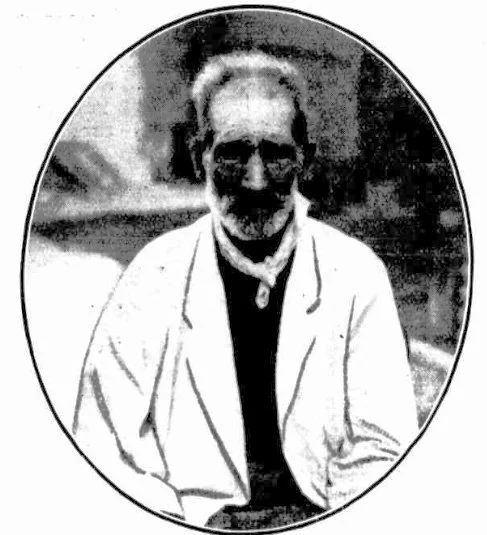Jack Gray
John “Jack” Gray was born about 1853 in New South Wales. He worked in the Walgett district, where he was a bush worker, blacksmith, and shearer.
By the late 1870s, Gray was employed at Euroka Station near Walgett, owned by Frederick York Wolseley, the inventor of the mechanical sheep shearing machine. Gray assisted Wolseley in forging and assembling the early experimental shearing handpieces in the station’s blacksmith shop. Gray was involved in testing the prototype mechanical shears on sheep and, according to his own account, in 1879 or 1880 succeeded in completely removing a fleece by machine, likely the first in Australia to do so.
In addition to his work at Euroka, Gray erected fences on Gingie, Euroka, and Dungalear stations. He was a skilled blade shearer, reportedly able to shear up to 180 sheep in a day. Gray was an early member of the Australian Workers’ Union.
As a shearer in the early days, it is likely Jack Gray would have moved over to the Lightning Ridge opal fields in the off period. It was very common for shearers in the Walgett area to drift over to Lightning Ridge when shearing was quiet, to try their luck mining on the opal fields.
The Lightning Ridge Book by Stuart Lloyd includes a photograph of Jack Gray that is mis-captioned as “Charlie Nettleton”. This has caused much confusion over the years, however it is now well understood to be an error and misprint. Extensive research in 2003 identified the error, just in time to ensure the Spirit of Lightning Ridge statue commemorating Charlie Nettleton’s achievements was not made in the image of the wrong man!
Gray settled in Walgett, where he remained until his death at the district hospital on 20 October 1936, aged about 83. He was buried in Walgett.
Article: Research by Leisa Carney, edited by Russell Gawthorpe. LRHS research compiled by Len Cram and Barbara Moritz. Sources: ‘Australia’s First Machine Sheep Shearer’, Sydney Mail, 22 August 1934; ‘A Veteran A.W.U. Stalwart Passes’, The Australian Worker, 2 December 1936; ‘How Shearing Came to Be’, Western Magazine, 5 March 1973; The Great Days of Wool, Joan Palmer & David Sumes, 1980, pp. 108-109.


